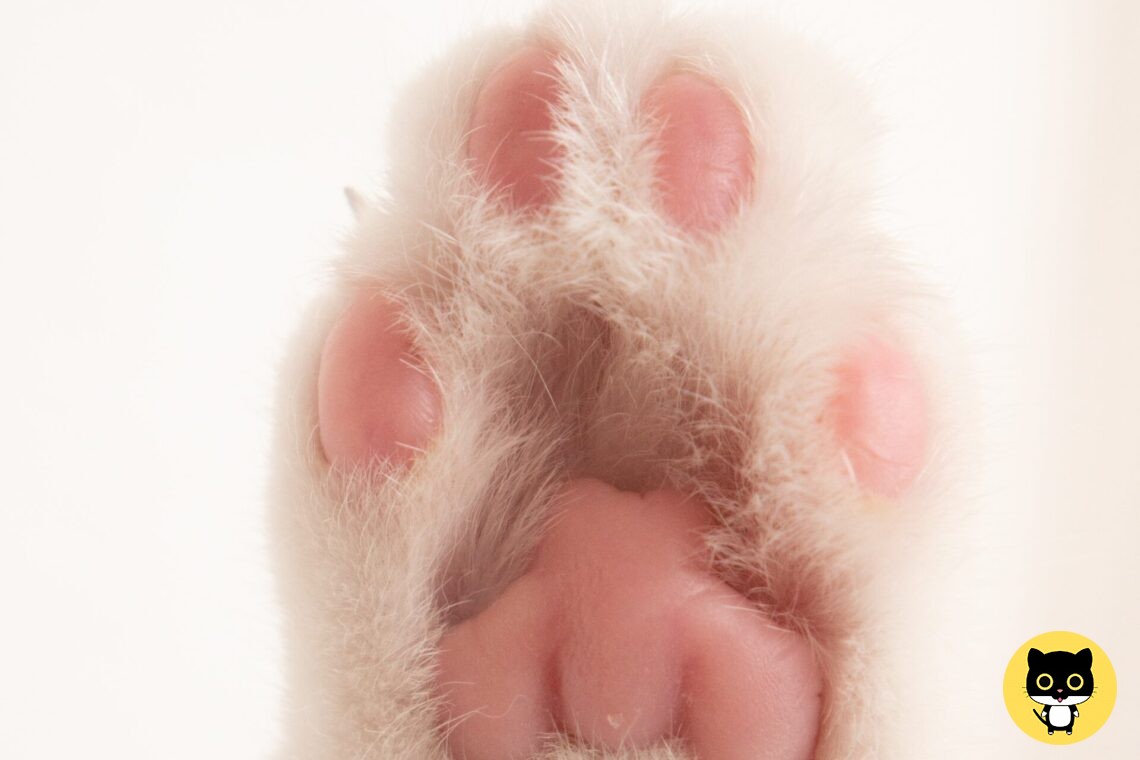Most pet owners take great pride in the appearance of their cats. From the fur to the eyes and even the paws, cats are often seen as one of the most aesthetically pleasing animals around. One of the most interesting features of cats is the color of their paw pads. In this article, we’ll explore the colors of cat paw pads, the science behind them, common variations, and what they can tell us about our cats’ health.
So what causes these colors? The answer lies in the cells that make up their paw pads. Paw pads are made up of a number of different types of cells, including keratinocytes, melanocytes, and fibroblasts. These cells are responsible for the production of melanin, which gives the paw pads their color.
The amount of melanin produced in the paw pads of cats can vary greatly. This can result in a range of colors, from black to pink. While the colors of the paw pads of cats can be determined by their genetics, there are also some environmental factors that can play a role. For example, exposure to sunlight can cause the paw pads of cats to become darker in color.
The Science Behind Cat Paw Pad Colors
It all comes down to the amount of melanin being produced in the cells. Melanin is a pigment that is produced by the cells in the paw pads of cats and other animals. The more melanin that is produced, the darker the paw pads will be.
The amount of melanin produced in the paw pads of cats can be determined by a number of different factors. One of the most important factors is the genetics of the cat. Cats with darker fur tend to have darker paw pads, while cats with lighter fur tend to have lighter paw pads. Additionally, as mentioned, the exposure to sunlight can also play a role in determining the color of the paw pads. Cats that spend more time in the sun will have darker paw pads than those that spend less time in the sun.
It is important to note that the amount of melanin produced in the paw pads of cats can change over time. For example, cats that are exposed to more sunlight may start to produce more melanin, resulting in darker paw pads. Similarly, cats that spend less time in the sun may start to produce less melanin, resulting in lighter paw pads. If you notice drastic changes in the color of your cat’s paw pads, it is important to consult your veterinarian.
Common Paw Pad Colors
As mentioned, the colors of cat paw pads can range from black to pink. While black is the most common color, there are a variety of other colors that often seen in cats. Some of the most common colors include brown, tan, and grey.
The colors of the paw pads of cats can vary greatly depending on the breed of cat. For example, Siamese cats tend to have lighter paw pads than other breeds, while Bengal cats tend to have darker paw pads. Still, the color of the paw pads can vary from cat to cat, even within the same breed.
Coat Color and Paw Pad Color
While the colors of the paw pads of cats can vary greatly, there are some variations that are more common than others. For example, cats that have black fur tend to have black paw pads, while cats that have white fur tend to have pink paw pads. Likewise, cats that have grey fur tend to have grey paw pads, while cats that have brown fur tend to have brown paw pads.
Identify Your Cat’s Paw Pad Colors
Identifying the colors of your cat’s paw pads can be done easily and quickly. All you need to do is take a look at the pads of your cat’s feet. As mentioned: If your cat has black fur, you should expect to see black paw pads. If your cat has white fur, you should expect to see pink paw pads. Similarly, if your cat has grey fur, you should expect to see grey paw pads, and if your cat has brown fur, you should expect to see brown paw pads.
Does your cat have four paw pads of the same color? Please register to leave a reply below and post in the Forums.






